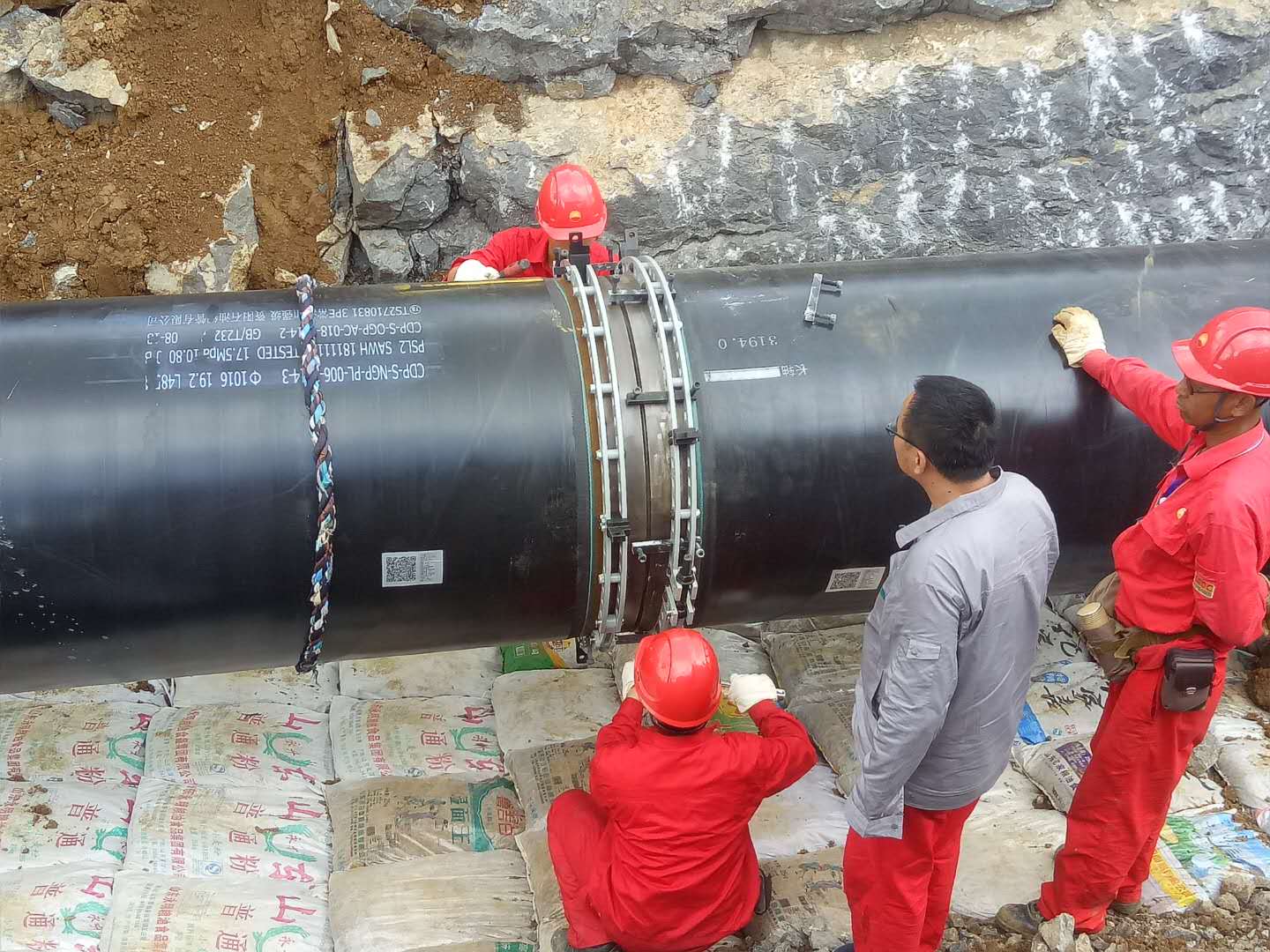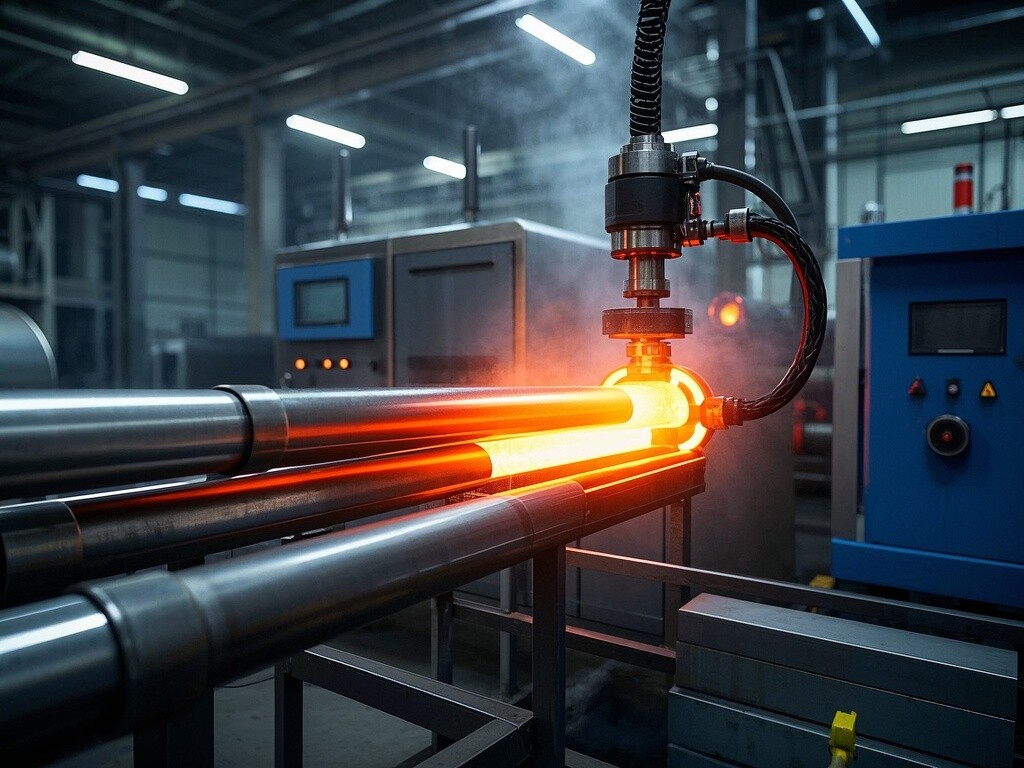
Induction heating provides a highly efficient and localized method for coating curing and adhesive activation, offering precise thermal control with rapid heat-up — ideal for paint drying, powder coating, epoxy bonding, or glue line curing.
Whether applied to electric motor housings, automotive body parts, or steel structural components, induction delivers reliable results with reduced cycle times and superior energy efficiency compared to ovens or IR lamps.

Coating & Adhesive Curing with Induction Heating
Fast, Clean, and Controlled Heat for Paint, Powder, and Structural Adhesive Curing
Induction heating provides a highly efficient and localized method for coating curing and adhesive activation, offering precise thermal control with rapid heat-up — ideal for paint drying, powder coating, epoxy bonding, or glue line curing.
Whether applied to electric motor housings, automotive body parts, or steel structural components, induction delivers reliable results with reduced cycle times and superior energy efficiency compared to ovens or IR lamps.
Why Induction for Coating & Adhesive Curing?
· Instant Heat at the Point of Application — No warm-up time, no ambient energy loss
· Localized, Controlled Heating — Heats only the coated or bonded zone
· Clean and Contactless — No contamination, open flames, or air turbulence
· Fast Process Cycles — Greatly reduces overall production time
· Perfect for Automation — Easily integrated with robotic arms or conveyor lines
Typical Applications
· Electric Motors: Curing protective paint on stators and housings
· Automotive Components: Bonding door frames, hoods, brackets with structural adhesive
· Steel Structures: Powder coating of beams, brackets, fasteners
· Consumer Appliances: Surface finish curing on metal panels
· Adhesive Activation: Two-part epoxy or thermosetting glue curing in seconds
· Preheat for Coating: Raising part temperature before paint or powder application
Recommended Induction System Configurations
Coil & Tooling Customization
We provide application-specific coil designs for precise and consistent curing:
· Encircling coils for cylindrical parts (motors, pipes)
· Flat coils for large flat surfaces (hoods, panels)
· Profiled coils for irregular shapes or internal cavities
· Multizone coils for gradient or zone-controlled curing
· Optional infrared sensors or thermocouple feedback for precise temperature targeting
· Coil mounts compatible with robotic arms, XYZ tables, or overhead gantries
Process Capabilities
· Power Range: 4.5kW – 200kW (depending on part size and coating type)
· Heating Speed: Typical rise of 80–200°C in under 30 seconds
· Temperature Uniformity: ±2°C with feedback control
· Adhesive Compatibility: Epoxy, polyurethane, acrylics, thermoplastics
· Coating Compatibility: Liquid paint, powder coat, corrosion protectants
Benefits of Induction-Based Curing
· Reduced Cycle Time: Greatly shortens curing time vs. oven drying
· Cleaner Process: No VOC emissions, reduced dust exposure
· Energy Efficient: No need to heat large oven chambers
· On-Demand Operation: Heat only when needed — perfect for flexible production
· Improved Adhesive Bonding: Ensures proper activation and penetration of glue lines
· Automation Ready: Ideal for smart factories and Industry 4.0 integration
Related Keywords :
· Induction curing system
· Induction heating for adhesive bonding
· Powder coating induction heater
· Electric motor paint curing solution
· Structural adhesive curing equipment
· Localized heating for coating and bonding
· Induction heater for automotive part painting
· Oven-free curing technology
Need to speed up your coating or bonding process?
Send us your part specs, adhesive or coating type, and cycle time requirements — we’ll design a tailored induction curing solution to maximize throughput and bond reliability.
Sign up for updates


